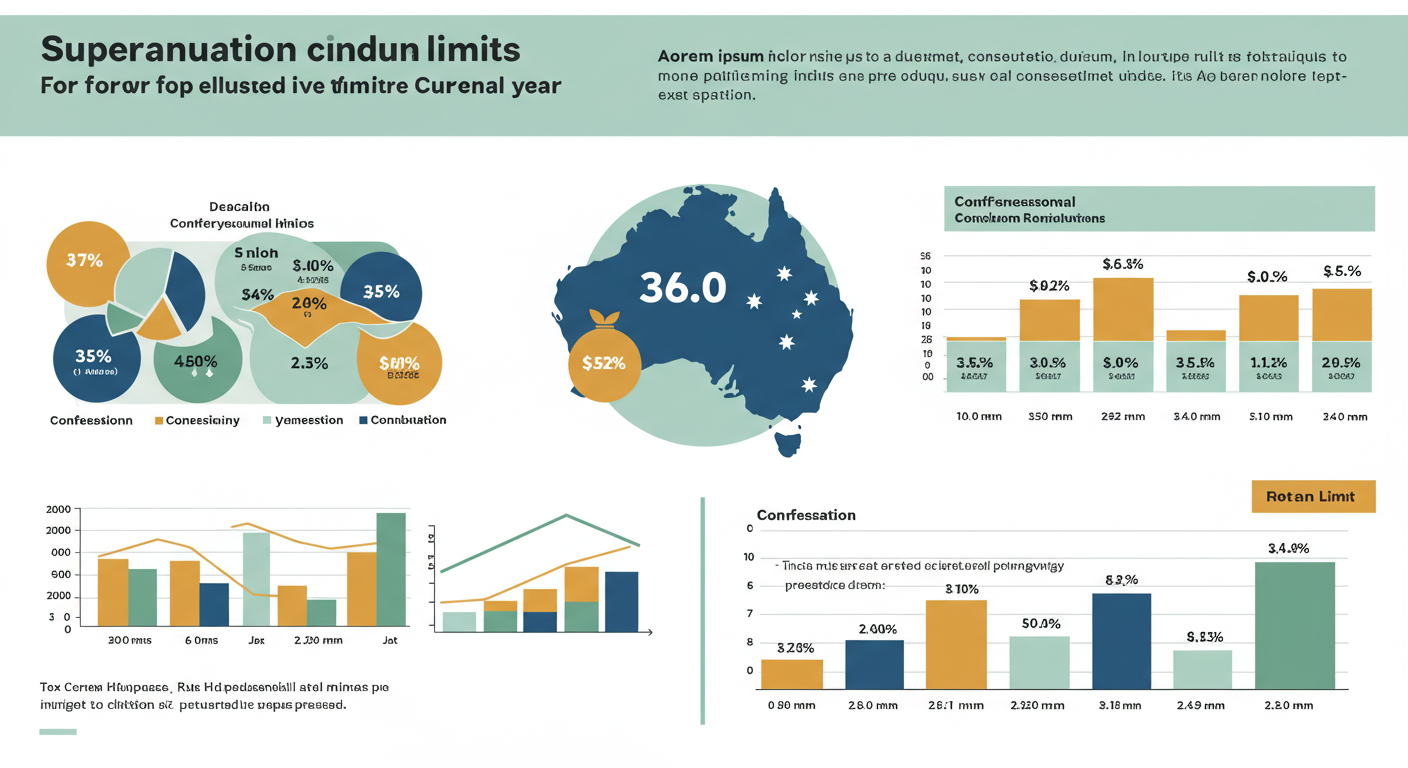Learn the best ways to split expenses with your partner and avoid money conflicts
Money conversations in relationships don’t have to be stressful. With the right approach to splitting bills, couples can build a financial system that works for both partners while strengthening their relationship.
Should You Split Bills 50/50 or by Income?
Consider Sarah and Alex, both 28, who’ve been together for three years. Sarah works as a graphic designer earning $45,000 annually, while Alex is a software engineer making $85,000. When they moved in together, they faced the same question countless couples encounter: How do we fairly split our expenses?
Initially, they tried going 50/50 on everything. But Sarah quickly felt financially strained, while Alex seemed unaffected by their shared costs. This common scenario highlights why couples need to choose the right bill-splitting method for their situation.
The 50/50 Split Method works well when both partners earn similar amounts. Each person contributes equally to shared expenses like rent, utilities, groceries, and entertainment. This approach values simplicity and equal contribution.
The Proportional Split Method means each partner contributes based on their income percentage. If one person earns 60% of the combined household income, they pay 60% of shared expenses. This method works better for couples with significant income differences who want contributions to feel equitable rather than equal.
Best Ways to Split Bills: Joint Accounts vs Apps
Many financial experts recommend the “yours, mine, and ours” approach using a joint bank account. Each partner maintains their individual checking account while both contribute to a shared account for joint expenses. Personal spending comes from individual accounts, providing transparency while preserving financial independence.
Some couples prefer opening a joint credit card specifically for shared expenses. This creates a clear record of joint spending while earning rewards on purchases. However, both partners remain fully responsible for all charges, regardless of who made them.
Digital solutions like Splitwise, Venmo, or shared spreadsheets can help track who owes what. While this requires more ongoing management, it offers flexibility and detailed expense tracking for couples who prefer keeping finances separate.
How to Talk About Money in Relationships
Schedule regular “money dates” to discuss finances openly. These conversations aren’t about judgment or control—they’re about alignment and transparency. Start by clearly categorizing what counts as shared expenses (rent, utilities, groceries) versus individual expenses (personal hobbies, subscriptions, solo purchases).
Plan for income changes from the beginning. Job changes, promotions, or career shifts can affect your financial dynamic. Build flexibility into your system and respect different money personalities. One partner might be a natural saver while the other spends more freely—acknowledge these differences and find middle ground.
Red Flags in Financial Relationships
Watch for warning signs like one partner consistently avoiding money conversations, hiding purchases or debt, feeling resentful about financial contributions, or using money as a tool for control. These issues require immediate attention and possibly professional help.
Finding the Right System for Your Relationship
The “right” way to split bills is whatever works for your unique situation. Some couples thrive with completely merged finances, while others prefer keeping things separate with occasional transfers for shared costs.
Start with an honest conversation about your individual financial situations, goals, and comfort levels. Then experiment with different approaches until you find what feels fair and sustainable for both of you.
Remember: Financial compatibility isn’t about having identical money habits—it’s about creating a system you both understand, agree on, and can maintain together. The goal isn’t perfection; it’s partnership.
To get started, set aside dedicated time to discuss finances without distractions, choose between equal splitting or proportional contributions, select apps or accounts that match your preferences, and begin with a trial period. Schedule regular check-ins to refine your approach as needed.
Financial harmony in relationships comes from creating your own system that honors both partners’ needs and values. With open communication and mutual respect, you can build a financial partnership that supports your relationship for years to come.














